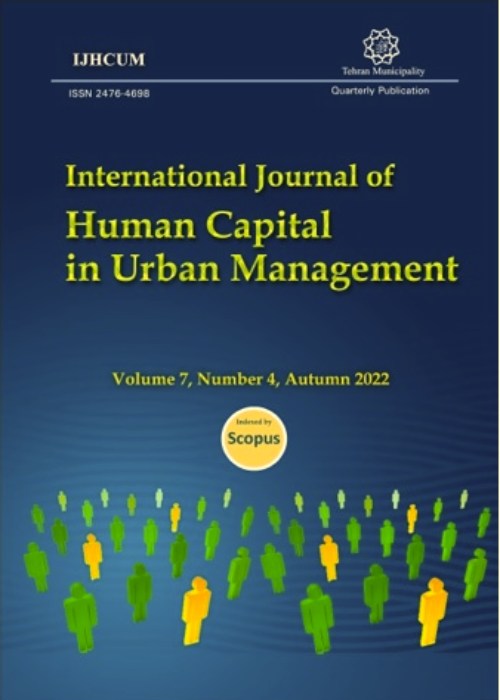Changing pattern of livelihood capitals of urban slum dwellers during COVID-19 pandemic
Historical reports show that COVID-19 pandemic has been confirmed over 213 nations or territories which accelerates the livelihoods. It also hampers the livelihoods of urban peoples mainly poor slum dwellers in developing countries like Bangladesh. The purpose of this article is to assess the vulnerability of urban slum dwellers based on five livelihood capitals during COVID-19.
Rajshahi City Corporation area is purposively selected which is grouped into three zones (central, interim and peripheral) based on the distance from the central business district, Shaheb Bazar. The study is conducted with a semi-structured and self-developed questionnaire to fulfill its objective. The questionnaires are focused on predetermined 48 indicators of five livelihood capitals (human, social, physical, natural and financial). Total 361 slum households (9%) are selected from 4010 households at 95% significance level which are proportionately distributed in 12 slum areas and household heads are nominated through simple random samplings. Data are coded, edited and inserted carefully; standardized and livelihood capital index are calculated with SPSS and map is produced with ArcGIS 10.4.
Study reveals that about 47.8% (central), 57.5% (interim) and 45.1% (peripheral) slum dwellers are illiterate and live in a miserable condition. Human capital index is found higher in central slums (0.435) than peripheral (0.406) and interim (0.387). The social capital index is revealed as similar of human capital index. But physical capital index claims the trend as central (0.776)> interim (0.646)> peripheral (0.536). Again, financial capital index of the central slum dwellers is higher as they receive help during pandemic and get earning opportunity and these slum areas are located near the central business district. In addition, natural capital index is totally different and peripheral slum dwellers are in better position (0.635) than interim (0.549) and central (0.358) slums. Finally, the study concludes that mean livelihood capital index of central (0.4334) slum dwellers are better than interim (0.4216) and peripheral (0.4222) slums which assesses all the study slums as moderate.
The study suggests that financial improvement is becoming an ultimate need for slum dwellers since the financial capital index reveals as poor among all the slum areas. Moreover, individual or community-based strategies, international collaborations, government and non-governmental organizations need to come forward to improve not only the financial capital but also other four capitals in all slum areas to build a sustainable livelihood as majority of them live below the standard livelihoods.
- حق عضویت دریافتی صرف حمایت از نشریات عضو و نگهداری، تکمیل و توسعه مگیران میشود.
- پرداخت حق اشتراک و دانلود مقالات اجازه بازنشر آن در سایر رسانههای چاپی و دیجیتال را به کاربر نمیدهد.


